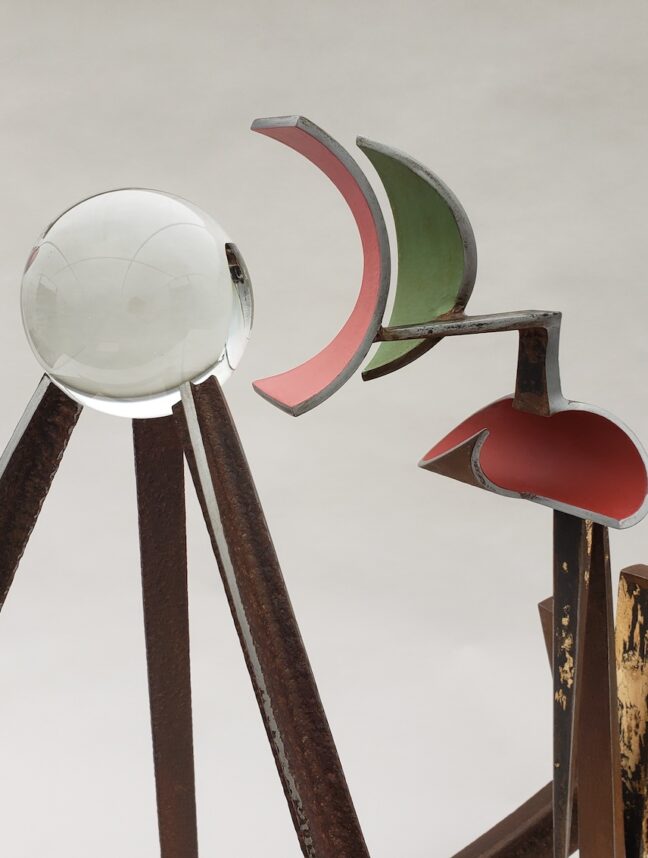The world’s leading international fair for contemporary craft and design returns to London’s Somerset House for its 20th edition.
This year, Collect celebrates a momentous milestone – its 20th birthday. Since 2020, it has been held in Somerset House’s well-proportioned, high-ceilinged, Neoclassical rooms, spreading out here and there into its elegant corridors and staircases. Inevitably, this landmark year is a pivotal moment to take stock of the fair’s history, prompting a multitude of questions. How has Collect evolved in the past two decades? How has craft developed during this period? And how has the demographic of visitors to Collect changed over time?
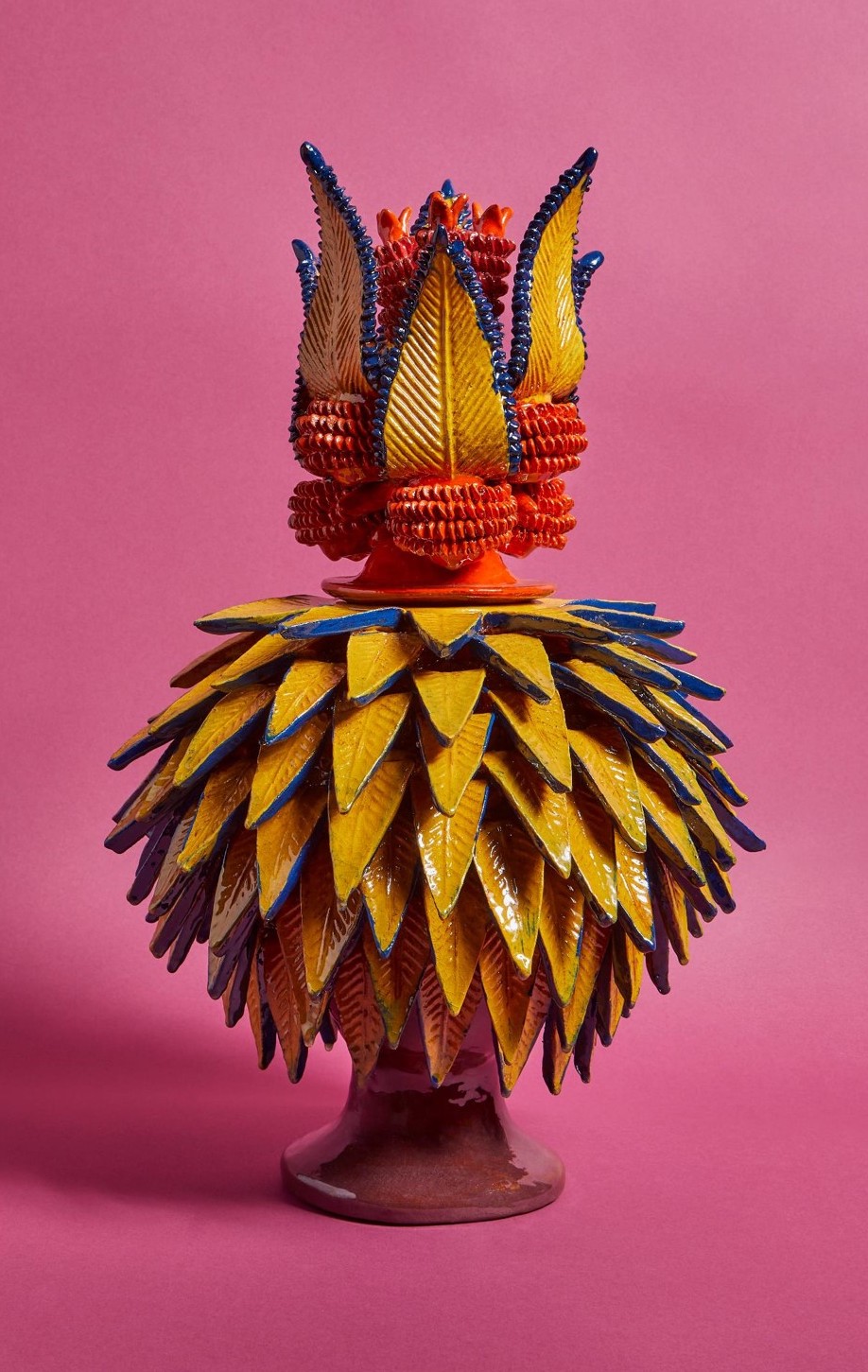
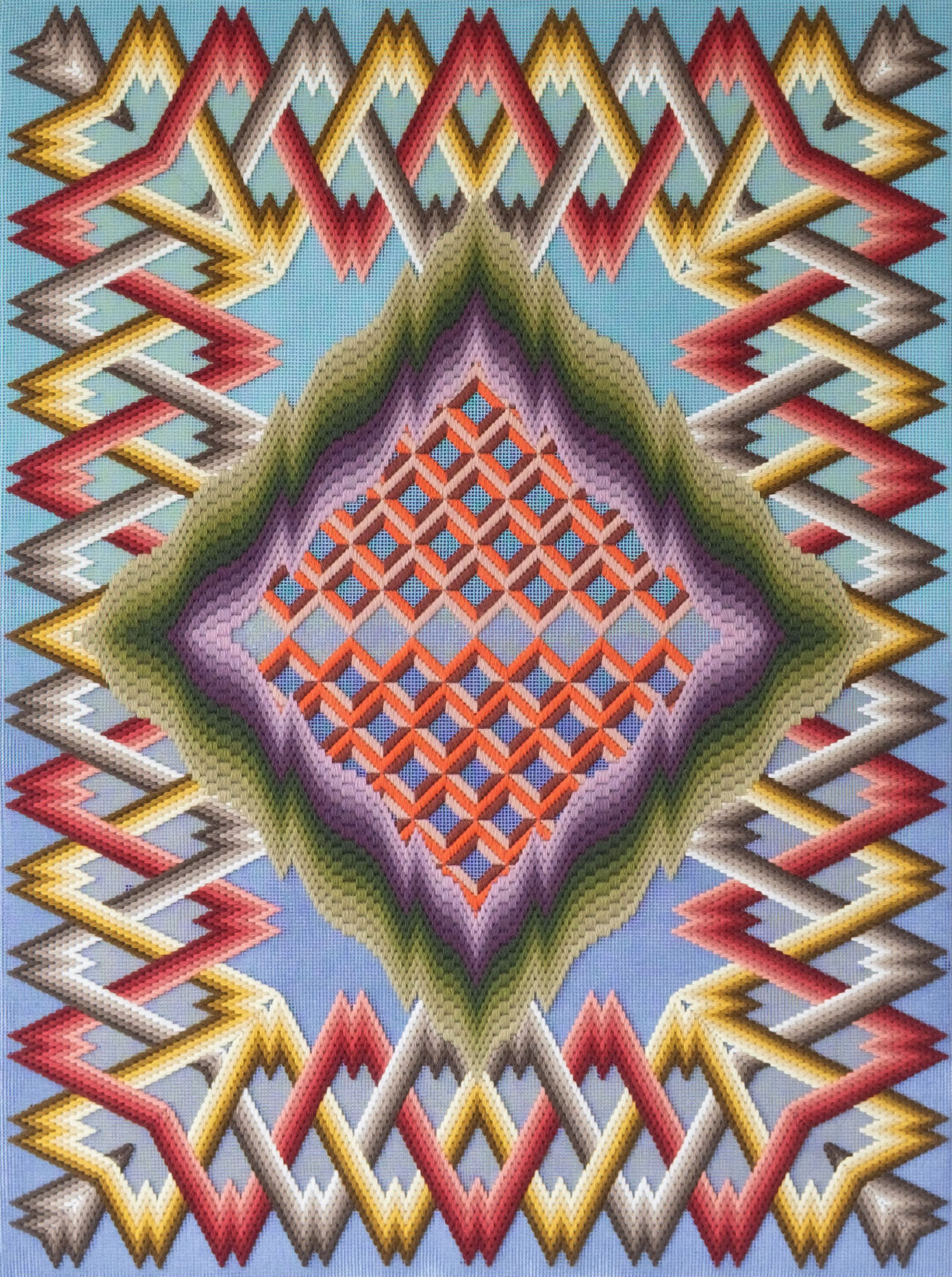
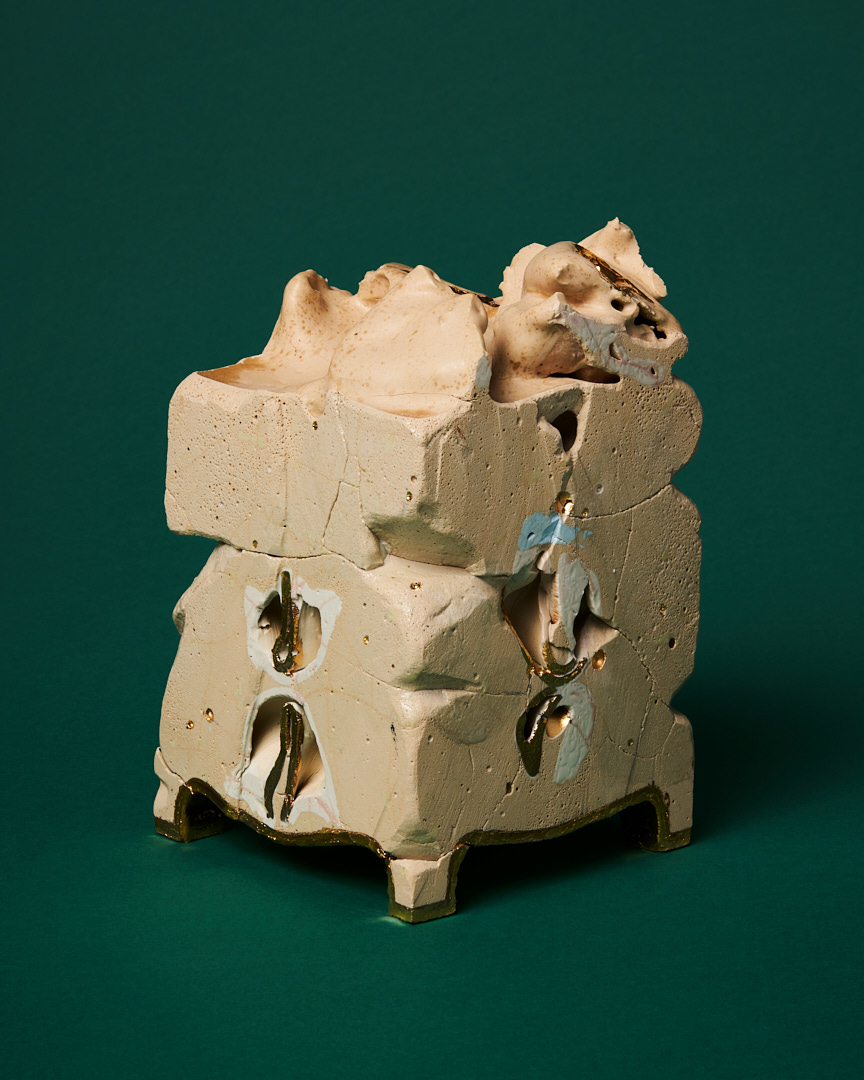
As Daniella Wells, market consultant to Collect, puts it, Collect has weathered three crises – the 2008 financial meltdown, Brexit, and the Covid-19 pandemic. She has been involved with the fair since it was established, so is eminently qualified to cast light on how the event – and the crafts scene – have changed since the Noughties.
Brexit continues to be a thorn in the side of exhibitors, as Debra Finn, co-founder of London gallery Cavaliero Finn acknowledges: “It has added so many complications to our business. It’s made shipping more expensive and the additional paperwork involved is very labour-intensive. It’s also made it more expensive for international clients to buy from us.”
Looking back at how the pandemic affected visitor numbers, fair director Isobel Dennis identifies one plus point: “We benefited from new online visitors we garnered through our partnership with [online art marketplace] Artsy.net.” But, she admits, “Rebuilding visitor numbers has been a slow process as the world has emerged from Covid-19. On the upside, in 2023 we saw a 5% uplift of in-person visitors, equating to a total of around 12,600 visitors.”
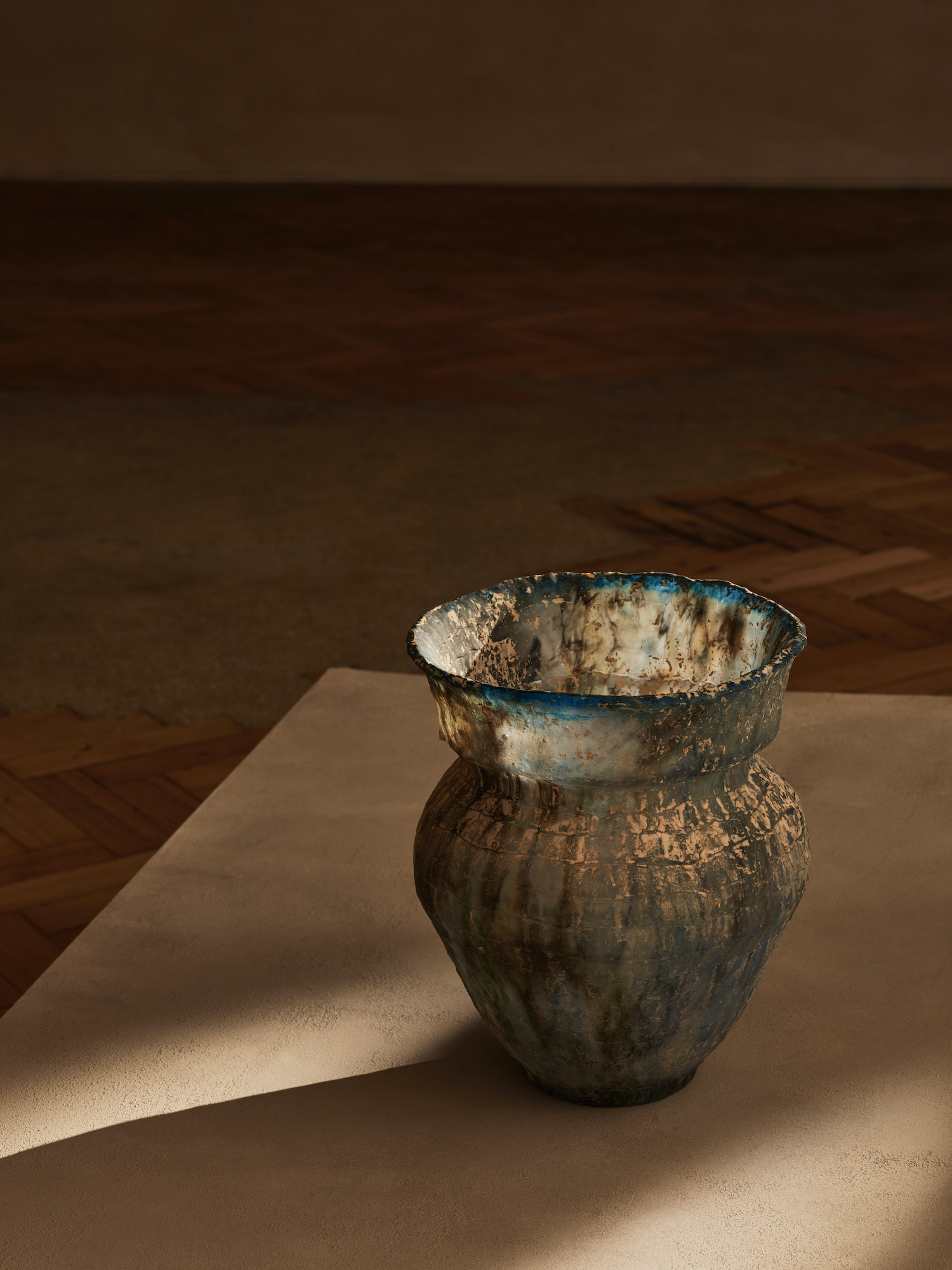
Another change has been the considerably raised profile of crafts today compared with 20 years ago. For decades, they had a somewhat negative image – perceived as twee, unattractively rustic, and homespun, even amateur. But the popularity of the likes of ceramicist Edmund de Waal, and of Grayson Perry, who won the Turner Prize in 2003 and rose to fame on the back of his classical urns bearing dark messages about contemporary life, has done much to rehabilitate craft.
Colour is much more widely used and appreciated, partly because collectors and buyers are more open-minded and global. Makers are also scaling up their work considerably.”
Daniella Wells, market consultant to Collect
Wells points out another difference between Collect’s early days and now: “These days, collectible craft is seen at all major art fairs, such as London’s Frieze and TEFAF in the Netherlands, where art, design and antiques co-mingle.” Related to this art-craft crossover has been the gradual collapsing of boundaries between functional and sculptural or ornamental craft. “The market has become more open, less concerned with polarising the functional and decorative,” she adds.
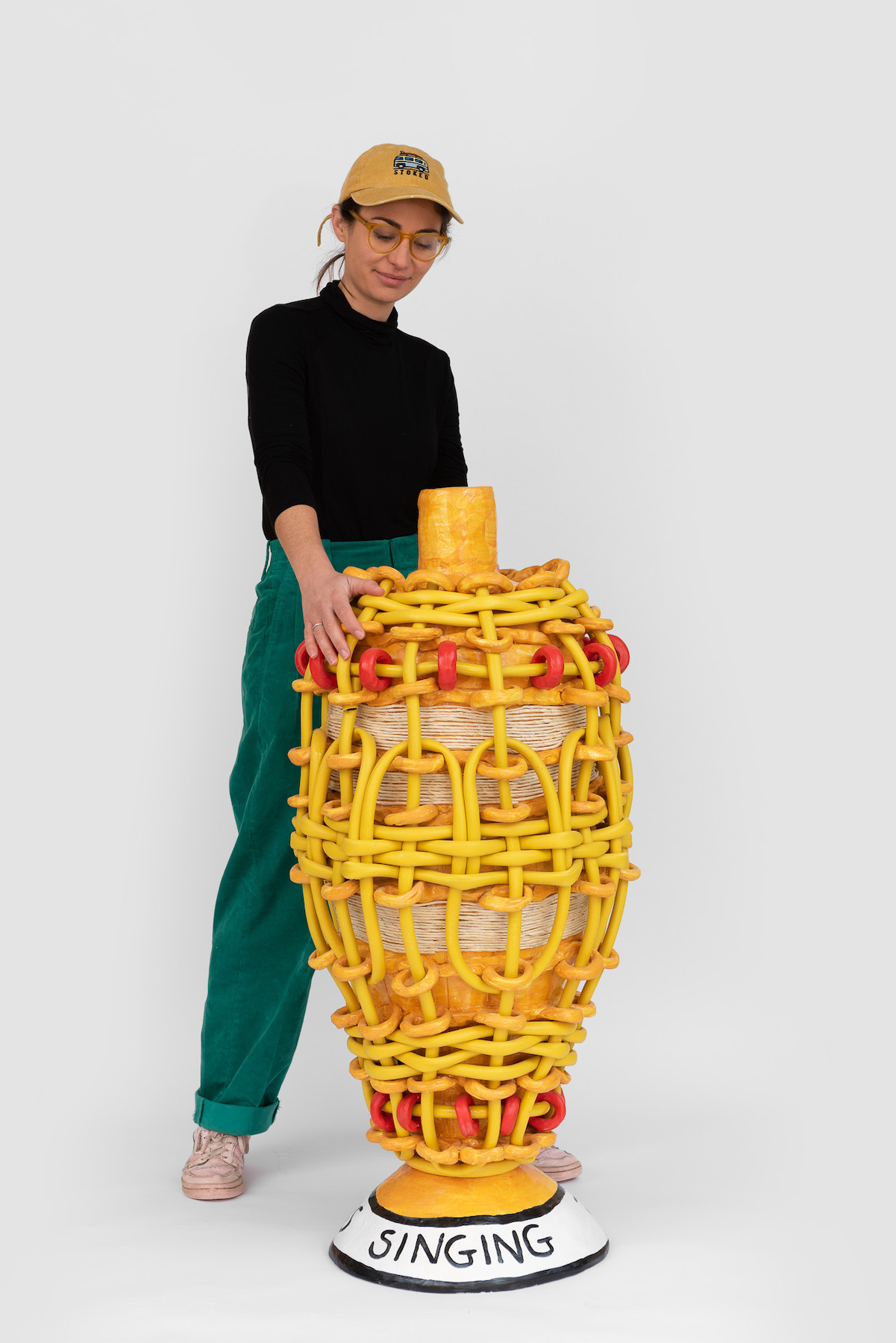

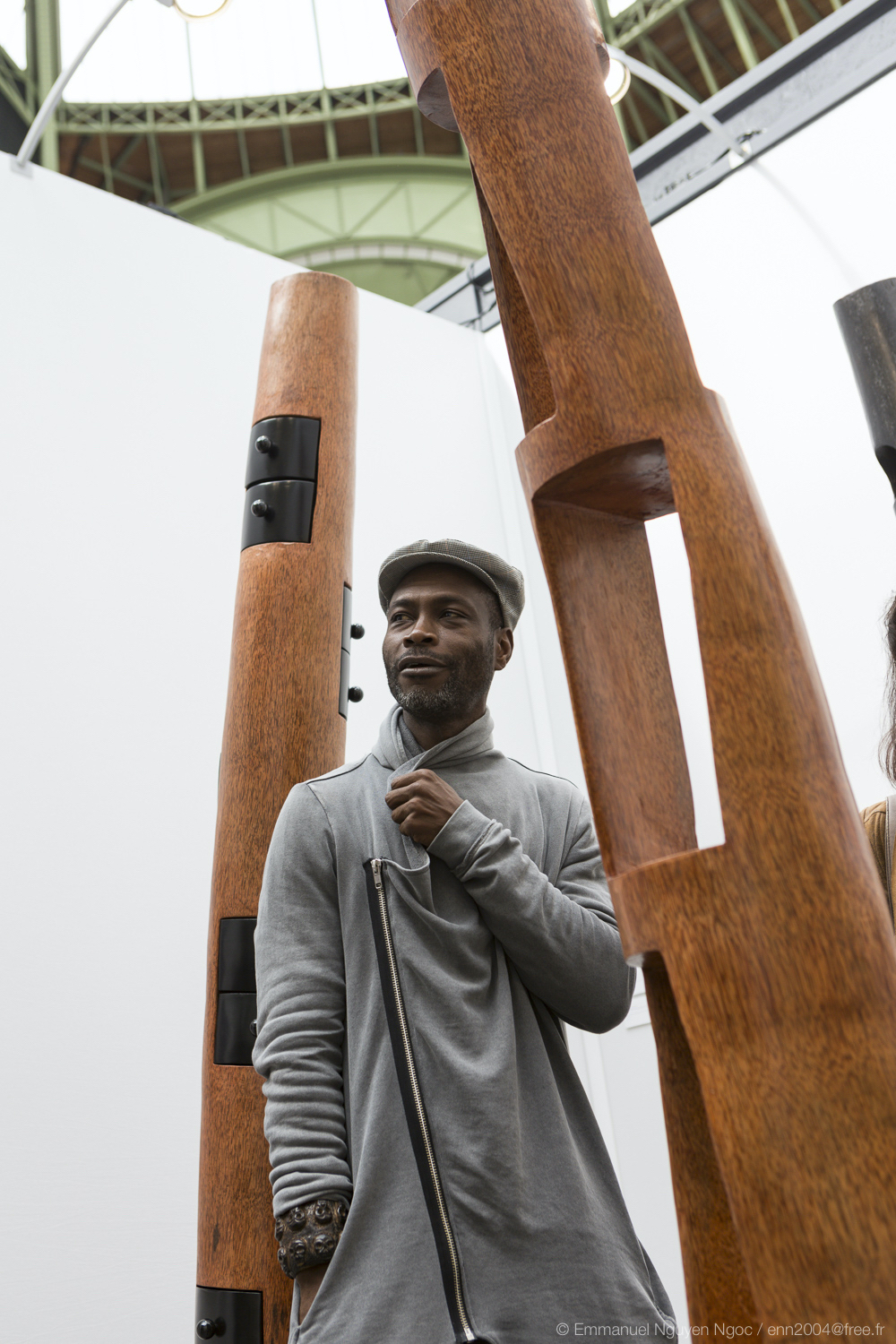
Collect’s character has been shaped – and enriched – by the three venues that have hosted it to date, she points out. When it took place at the V&A, through its close association with the museum, Collect acquired a reputation for showing museum-quality work. At its next venue, London’s Saatchi Gallery, the work displayed had to hold its own in the slick environs of a white-cube art space. “We’ve exhibited there,” says Finn. “It’s fantastic as it is purpose-built to showcase art. In contrast to Somerset House, the lighting is spot-on and the measurements and floors aren’t wonky. That said, at Somerset House, visitors can visualise how pieces can look in a more domestic setting.”

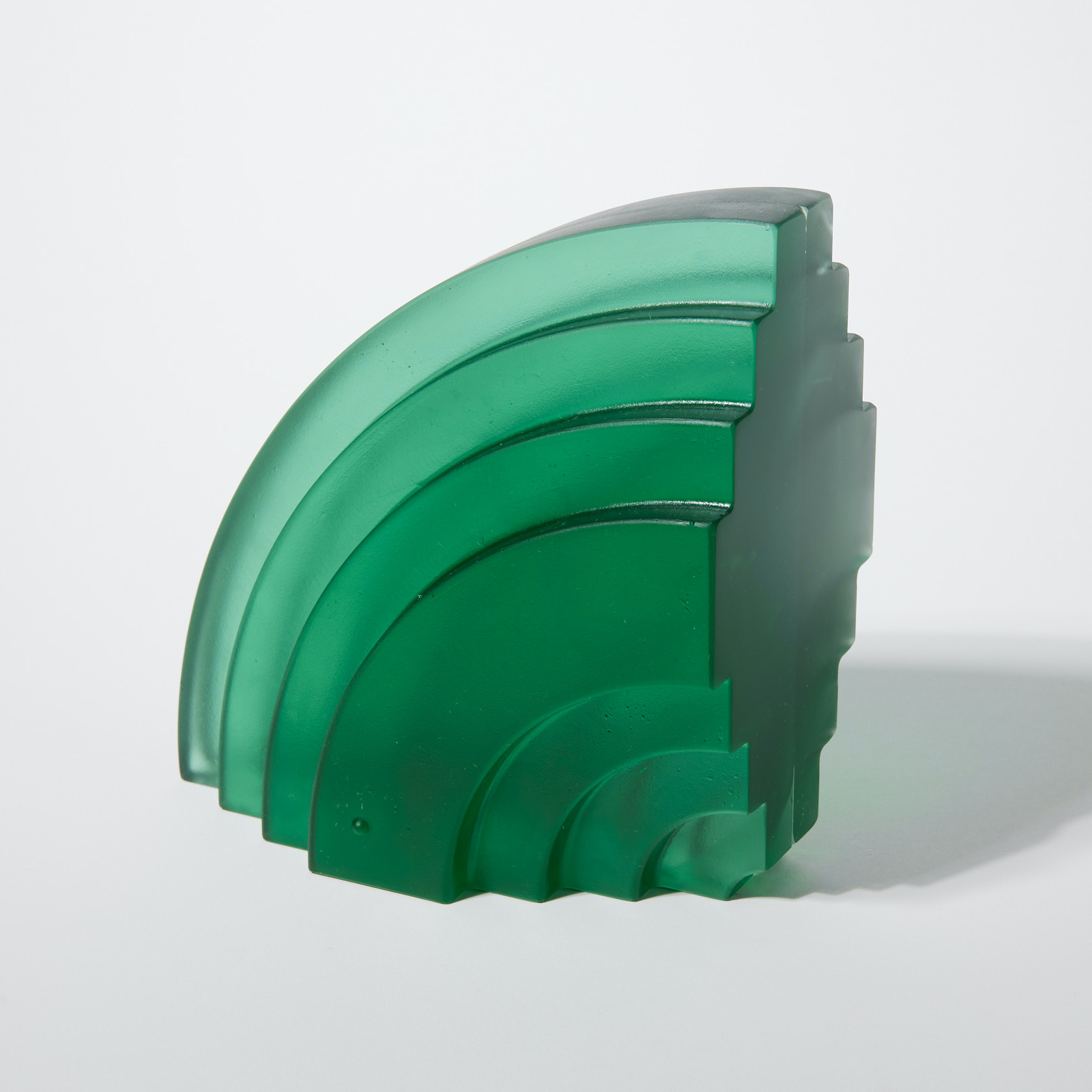
The most notable difference between Collect in 2004 and in 2024 is the more international range of artists shown by exhibitors. This year, 40 galleries are exhibiting, with several of these, including Austria’s Common Sense and the UK’s Objects Beautiful and The Stratford Gallery, participating for the first time. Displays mounted by Design Craft Council Ireland and Craft Scotland offer an opportunity to see the fruits of Irish makers who’ve shown at Collect over the past 20 years, and work by 12 Scottish makers inspired by Scotland’s geology and weather respectively. There’s also been a shift in the demographic drawn to Collect: “Those who came in 2004 were diehard craft aficionados,” says Wells. “Now, we attract a wider range of people, from first-time buyers to leading interior designers.” Pieces are priced from around £500 ($630) to over £50,000 ($630,000).
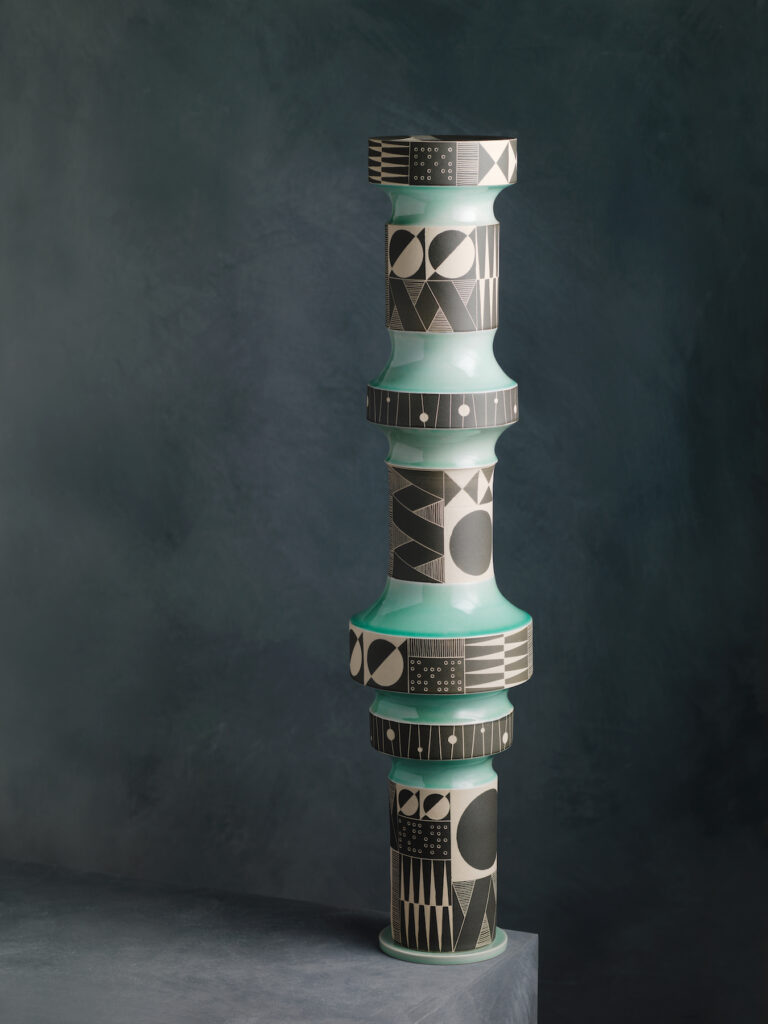


Over the past 20 years, we’ve seen a gradual broadening of the parameters of crafts. Many makers now take a more pluralist approach. It’s more common to see hybrid pieces that juxtapose contrasting materials. Some makers use humble rather than noble materials. Alternatively, they experiment by making work using found objects, just as artists incorporated these into art classified as ready-mades, following a long-standing fine art tradition set in train by Marcel Duchamp in the early 20th century.
For example, Simon Gaiger, represented by Cavaliero Finn, salvages and upcycles machinery parts found in hedges near his home in rural Carmarthenshire, Wales, assembling them into playful, whimsical pieces (below and top) redolent of the kinetic sculptures of Alexander Calder and Jean Tinguely. “Simon breathes new life into these agricultural remnants. His sculptures are influenced by layers of his life and nod to mythology and engineering,” says Finn.
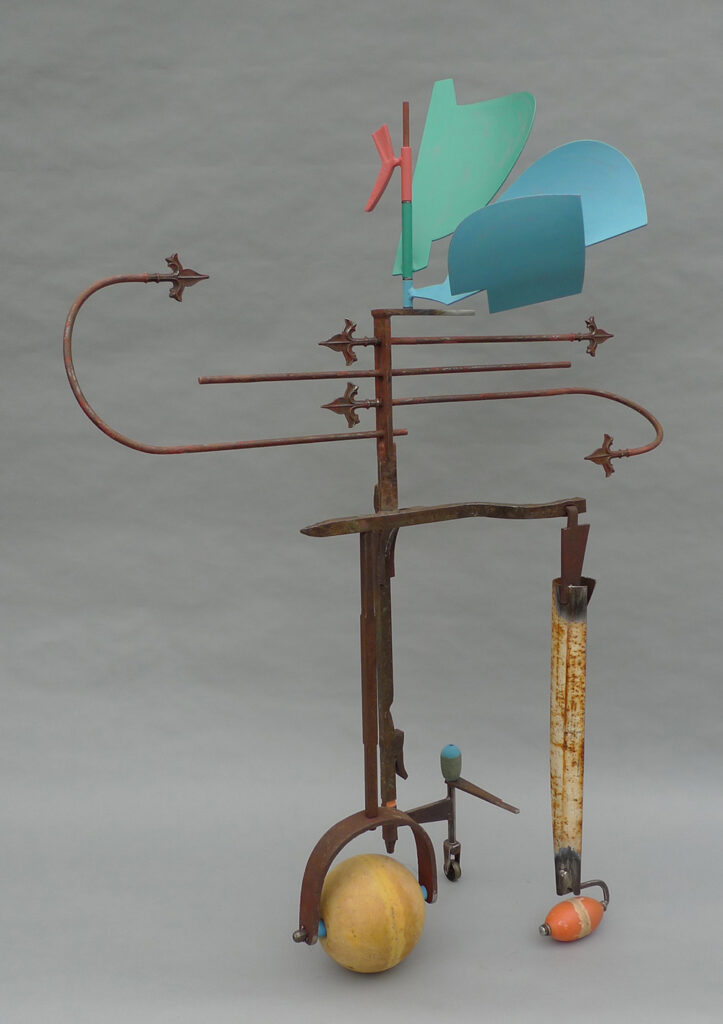
Yet many makers still adhere to the tradition of work made using one material only. “One of the most accessible, recognisable craft materials still seen at Collect is clay as it’s so versatile, ranging from rough-hewn pieces to fine porcelain,” says Dennis. “Ceramics predominate at the fair, followed by glass, textiles, jewellery and metal/silver, all fairly equally represented. Other materials explored by makers include wood, feathers, leather and mica.”
London gallery Alveston Fine Arts is showcasing the finely detailed, colourful and decorative sgraffito ceramic plates of duo Vicky Lindo and William Brookes. And Joanna Bird Contemporary Collections is presenting work by young potter Florian Gadsby. (A major crafts revival among millennials is also giving the field a new lease of a life.)
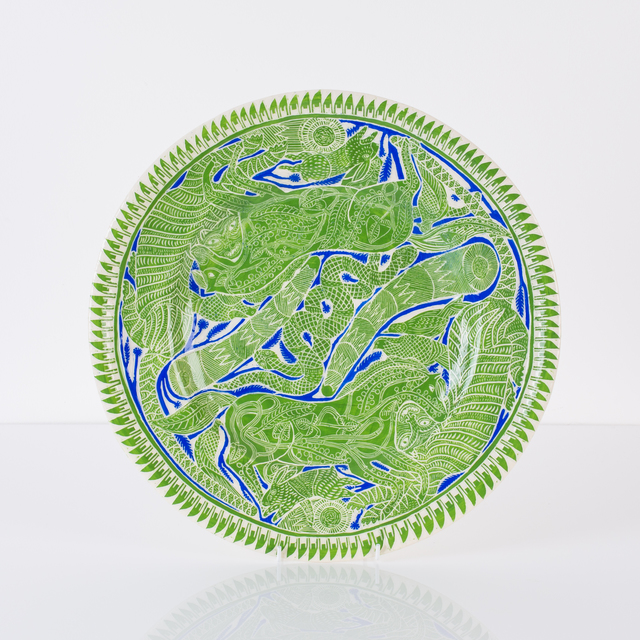
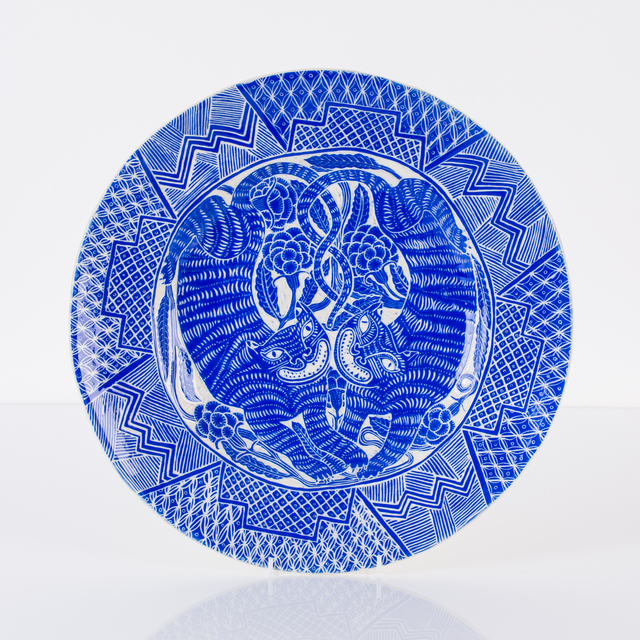
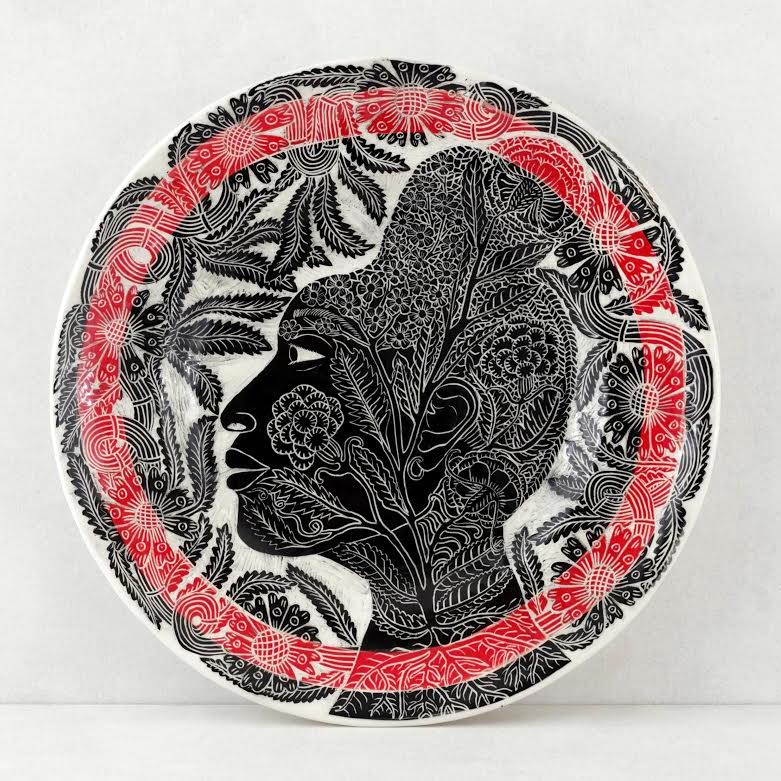
A welcome development of late, in evidence at Collect, is the use of riotous colour. “British studio ceramics in the UK, for example, were built on earthy tones in the Bernard Leach tradition,” says Wells. “But now colour is much more widely used and appreciated, partly because collectors and buyers are more open-minded and global. Makers are also scaling up their work considerably, some creating installations more commonly associated with fine art.” Margo Selby, represented by London’s Cynthia Corbett Gallery, will unveil her monumental, multicoloured textile piece, Moon Landing, suspended from the ceiling above Somerset House’s ornate Stamp Stair. It’s not only extremely eye-catching but will provide a useful landmark to Collect visitors as they navigate the venue’s intriguingly labyrinthine rooms and corridors.
Collect 2024 is at Somerset House, London until 3 March 2024
Read more: Design Fairs | Design | Art | Interior Designers I Interiors



